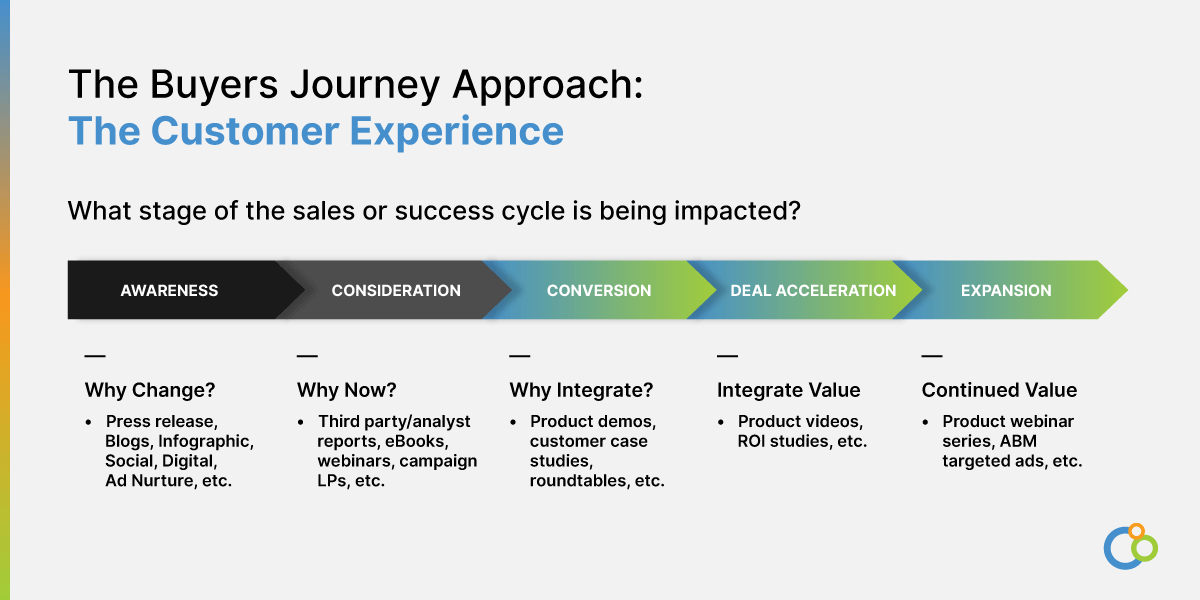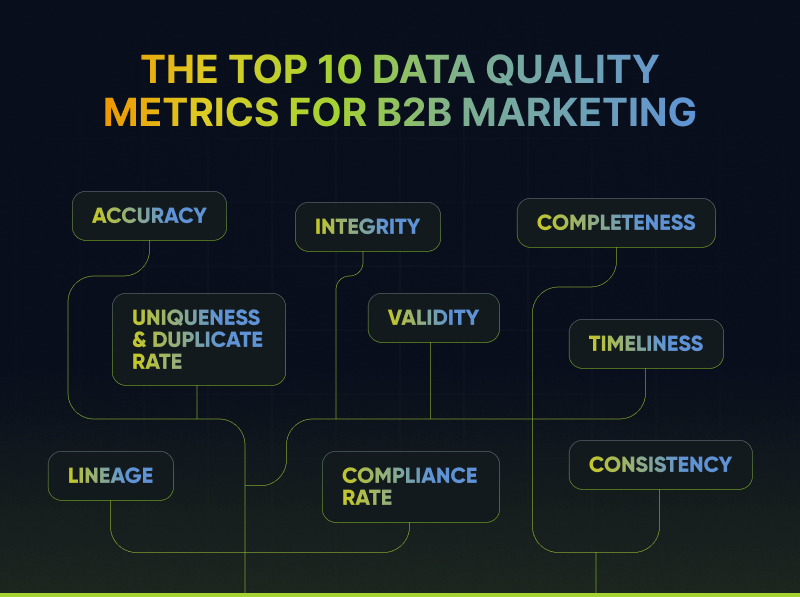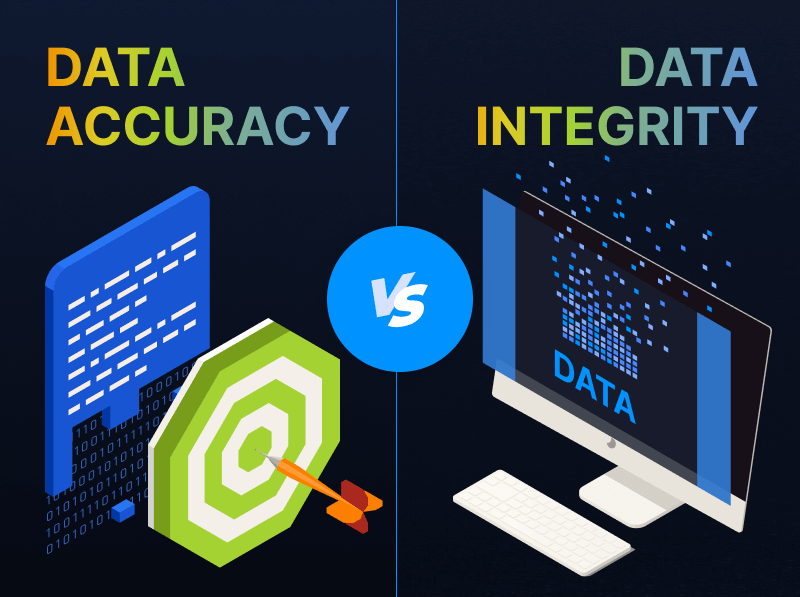90 Days to Precision Demand Marketing: Step 2
Connect Your Demand Channels
As a B2B marketer, your greatest challenge in generating demand is connecting your demand channels. That’s because different teams often use different datasets and different technology, resulting in silos. In this post, as part of my series on “90 Days to Precision Demand Marketing,” I’ll explore how to connect those channels and align your organization around a common language. That common language can include the objectives you are collectively hoping to accomplish; for example, how you plan to partner with finance to ensure your demand goals are aligned with revenue.
It’s also critical that you align sales and marketing. Take steps to solidify service level agreements between teams. Make sure everyone understands who is responsible for follow-up and in what timeframe. Ultimately, get all teams on the same path, marching toward a unified end game.
It all begins with connecting channels.
Previously, I’d written about the importance of getting your data right. To do that, you need to make sure that you have the right accounts and the right people on those accounts. That’s critical to marketing success. But it’s only part of the story. You can have perfect and clean data and still not be successful, if your different data sets are siloed.
Connecting your demand channels begins with the identification and removal of internal data silos, technology silos and team silos. I’ll cover each of these in detail.
Breaking Down Data Silos
As you look over your marketing operation today, ask yourself some questions.
- How many different marketing systems do you have? Take the time to identify where all your data resides. This is not only important from a marketing perspective but also from a compliance perspective.
- Are these systems working together? Is the data in alignment? Are the datasets working from the same values and are they working in concert with each other?
- Are you driving leads from third parties? Does that lead data align with how your data is structured in your systems? Can you identify, route and prioritize your leads, ensuring that they are receiving timely relevant content.
- How does the data move through the systems? Put together a lead flow diagram and document this end-to-end process.
Once you’ve answered those questions, put together a cross functional project team. Have that team identify what systems can be combined and/or eliminated. This team should be made up of marketing operations, sales operations and finance. Their goal should be to monitor the response to revenue process and identify data, process or communication gaps within the organization. Bad data across this entire process impacts everyone. You cannot fix what you cannot measure.
Take Action: Commit the resources to complete these projects. If you don’t, they will never get done.
Technology Recommendation: Integrate – we standardize all of the data coming into your systems and ensure that everything is clean, compliant, valid and actionable.
Breaking Down Technology Silos
As with the other data issues, start by answering some questions:
- How many different pieces of technology are you using that are not talking to one another?
- Is your digital team using different technology from your demand team?
I know of companies where one part of the marketing team is using completely different technologies from the other part of the marketing team. This often happens as a result of an acquisition, rapid growth or siloed teams purchasing their own pieces of tech.
Take Action: Identify one or two pieces of technology that you can combine, streamline, or make your process more efficient by eliminating. Standardize your operation with technologies that everyone can use and/or align your data through prompt updates between the systems.
Breaking Down Team Silos
Of the three silos, this is often the most difficult to eliminate. It can be maddening to convince teams to change the way they have always worked. But if you want to connect all your channels, first connect your internal teams. One of the best ways to do this is by having aligned OKRs that cascade into aligned programs and projects.
For example, at Integrate, we work closely with our finance team to determine marketing’s contribution to revenue and the total number and dollar amount of opportunities that need to be created each month. We closely monitor where we are in relation to our goal. Then, through our response-to-revenue model, we can adjust marketing’s spend and programs to optimize for the revenue outcome we are seeking. I will explore how to do so in more detail in a future blog.
Take Action: Work with your CFO. Get in alignment with marketing’s contribution to the business, and then cascade goals to the entire marketing team. Each team member should have clear goals and dashboards to monitor progress toward individual goals.
Breaking Down Channel Silos
Random acts of marketing occur when you run marketing programs in silos. Your end users deserve better; they ought to be marketed to in meaningful ways. It is incredibly challenging to do this when your different marketing efforts are not aligned across all the different channels. We remove this silo by aligning our marketing activities across the buyer’s journey. We call this precision demand marketing. We build aligned experiences across all channels through a project management process that allows everyone in marketing to understand who is responsible for what, and when.

Take action: Align your GTM around the buyer’s journey. Make it about providing the best user experience across all of your demand channels.
Next Up
These tips should form a strong foundation for removing/minimizing silos from your organization. We won’t lie – it’s not an easy process. But it is well worth the effort. Getting alignment across your data, technology, teams, and channels will help your team meet future revenue goals.
In our next blog, we’ll explore how to add intent data into your overall strategy. So, stay tuned. To learn more, check out our on-demand webinar on “Precision Demand Gen: Understanding the 5 Building Blocks of Intelligent Buyer and Account Journeys.”










